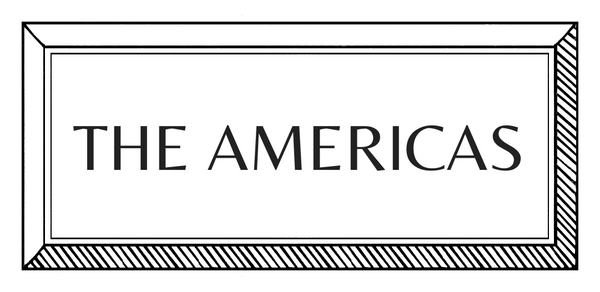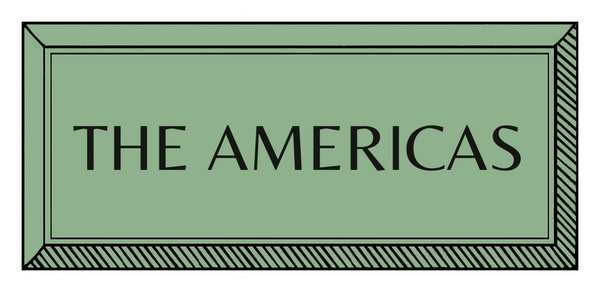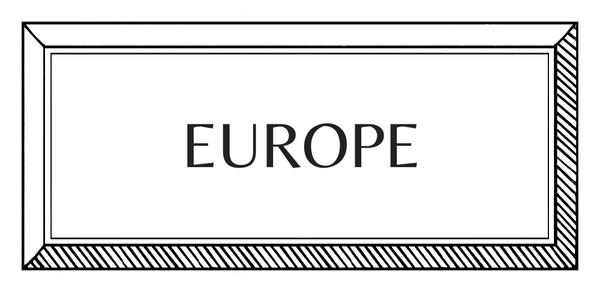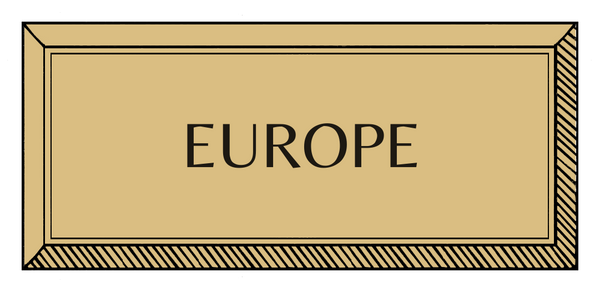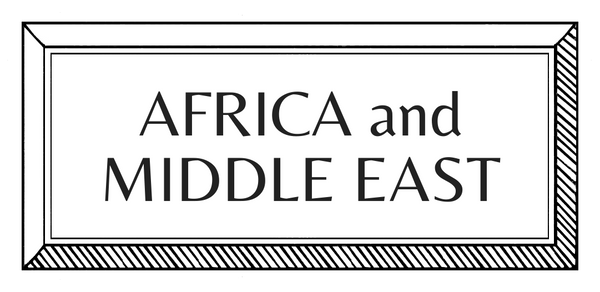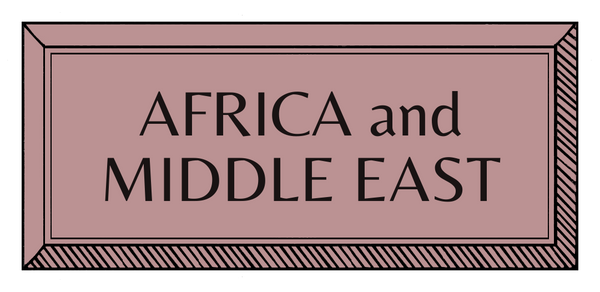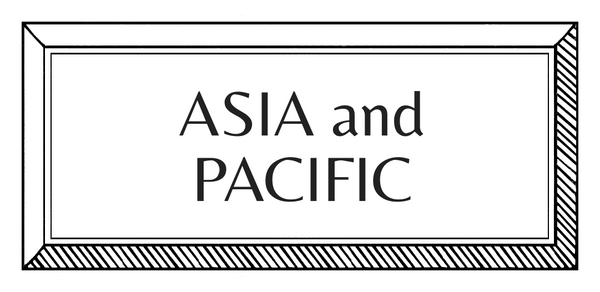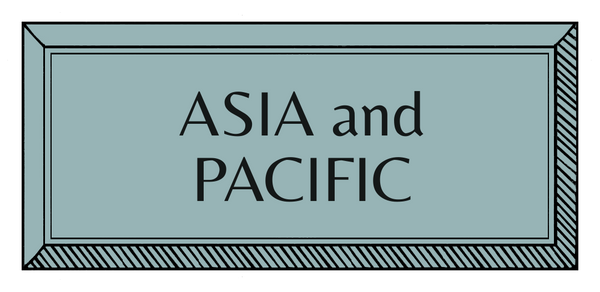MAKERS | THE AMERICAS | PERU | CERAMICS
Carlos Runcie Tanaka | Ceramicist

"I took on the clay and it ended up shaping me." Born in Lima, Carlos Runcie Tanaka has built a passionate and poetic body of ceramic work, nurtured by the cultural blend of his British, Japanese and Peruvian heritage, and his continuous exploration of the past, the land and the power of fire. Over his 50 years as a professional ceramicist, Carlos has sought to elevate the recognition and value of ceramics amidst the visual arts in Perú.
How did you begin?
"I originally wanted to be a musician and go into the Conservatory, something that my father was firmly against. I was attending a private British school in Lima and, as a student, I joined a pottery club. I must have been 10 or 12 years old. The teacher not only introduced us to ceramics, but also shared his knowledge about Peruvian traditions and history. I was seduced by the handmade art and the past of my country. I started visiting museums in Lima, like Larco Museum and the National Museum of Archeology, Anthropology and History, to see the pre-Hispanic relics.
"In my last year of school, I registered in a restauration course. I even considered becoming an archaeologist but ended up choosing Philosophy. Still, since I couldn’t study music, I wanted to keep doing ceramics: I not only loved it, but I sensed that it would connect me to my country and ground me. I took on the clay and it ended up shaping me."
How did you learn?
"When I understood that I wanted to dedicate fully to ceramics, I dropped of Philosophy to study this art in Japan. My father, again, was against it, but by then my mother supported my decision —she wanted to be an artist when she was young, but her time and society required that she became a housewife.
"I [traveled] to Ogaya, 400km south of Tokyo, where about 20 ceramicists’ families lived amidst the woods. I was an apprentice for two years. Then, I earned a scholarship to study in the Istituto Statale di Sesto Fiorentino in Florence, where I lived for the following four years. When I returned to Lima, I needed to bring together my Japanese and European heritage, but also explore my Peruvian roots."

Who or what most influences your work?
"I have a British grandfather on my father’s side, and a Japanese grandfather on my mother’s side. Both married my grandmothers, Peruvian women. When I was a kid, I wrote a song called “Man with no land”; one of its lines said: Man with no land, looking for a place to belong. It was about not having a piece of land to fully claim as your own. A lot of migrations converged on me, but I was still searching for a place in the world. With ceramics, I got to hold this land —the mud, the clay— in my hands.
"The hieratics and sobriety in my pieces and installations are very Japanese. I see it in my vessels, in my shapes, in the acceptance of mistakes as part of the process. One of my big references is Shoji Hamada. I feel the British influence in the narrative behind my ceramics...because English literature made an early impression in me. The British element is present in the process, the thoroughness, a share of harshness; it’s in the way I keep an archive of everything, just like my grandfather Walter O. Runcie [one of the pioneers of aerial photography in Perú] kept files of all his work. And I follow Bernard Leach’s philosophy —he’s another one of my big references— when he refers to “a pot born, not made”.
"Perú is the skin. It’s present in the textures, ripping the Japanese sobriety and crossing the surfaces of my ceramic like the furrows that go through my country. I’m influenced by Peruvian traditional arts, not only its pottery, but also its textiles and other expressions that filter in a subtle way. I wanted to create a type of artistic ceramic that acknowledges the pre-Hispanic craft from a contemporary view.
"It’s not a copy of tradition, but a conversation with a voice that is current. Peruvian ceramics don’t have the tradition of high fires, like the Japanese do. Me, I burn my pieces: I let them bend and twist in the kiln, and if they come out alive, they can exist."
How do you make plan, prepare and execute your works?
"I’m always preparing. We are always kneading the clay and getting our bodies ready. I come up with very basic forms at first: a white porcelain dough, very organic, very interesting. My process is about the material. Right now, I’m tempted to resume a line of objects that I left 35 years ago. So, my planning can be very long term.
"These days, I want to sit again in the pedal lathe and make mugs, the first piece that I learned how to make. I try to burn the kiln one a week in Summers and three times a month during Winter: if I don’t, the fire will die, it’s like the Greek fire that must go on always. Lima is a very humid city, and everything can get moisty, including your passion. We need the kiln on so the work can have fluidity. In those firings I make experimental things: I put in new porcelains; I take an old piece from my rack and paint it; I do multiple firings; I play a little and allow myself freedom."

What does a typical day look like?
"Everything is done by hand. I dry the clay in my rooftop, I do things the old-fashioned way. I’m stubborn, I haven’t even upgraded my kilns. I work with two assistants, but they help me in my crazy ideas, like make special boxes, pick up leaves from the garden, order the archives... I still want to do by myself the things I love.
I live in the family house, the home where I grew up with my parents and siblings. Here, behind the main door, is the small Japanese garden that my mother planted in memory of his father, my Japanese grandfather, that owned a plant nursery. In the back garden I take care of spherical cactus, some of them have over 30 years. My workshop is at the end of this garden. It’s a place of retreat. I feel like I enter a special place where I know there’s a relationship between the materials and the fire. One of my Japanese teachers always had an offering for the kami sama, the God of the Kiln or the Lord of Fire —such a wonderful Japanese concept. When you are young, you think that you are fighting against it; with time, you realize that you are fighting besides it to create something.
Twenty years ago, I was invited to teach for a semester in the New York State College of Ceramics at Alfred University. They offer to take me permanently, but I couldn’t move. I’m like a plant: what I do depends on the land that I rooted in. I became rooted in this family home, and if you take out old plants, they die.
What are the best and worst things about being a craftsperson today?
I believe I have been a constant worker of ceramics, fighting to give it the same respect that other plastic arts receive. The most challenging thing is surviving with what you have to say, without opting for the easy way. I don’t want to change my ceramics to make them more commercial. I want to stay committed to a purpose, because I haven’t run out of the possibilities of interpretation and experimentation. But this is a turbulent and profound river. I inhabit my workshop like it’s a cave, but you can’t isolate completely: you must stay alert to what it’s going on, to the new artists, to the changes… but without letting it all disturb you. The best part is feeling that you planted something that grew.
Words by Rebeca Vaisman
Images from Antonio Sorrentino


















